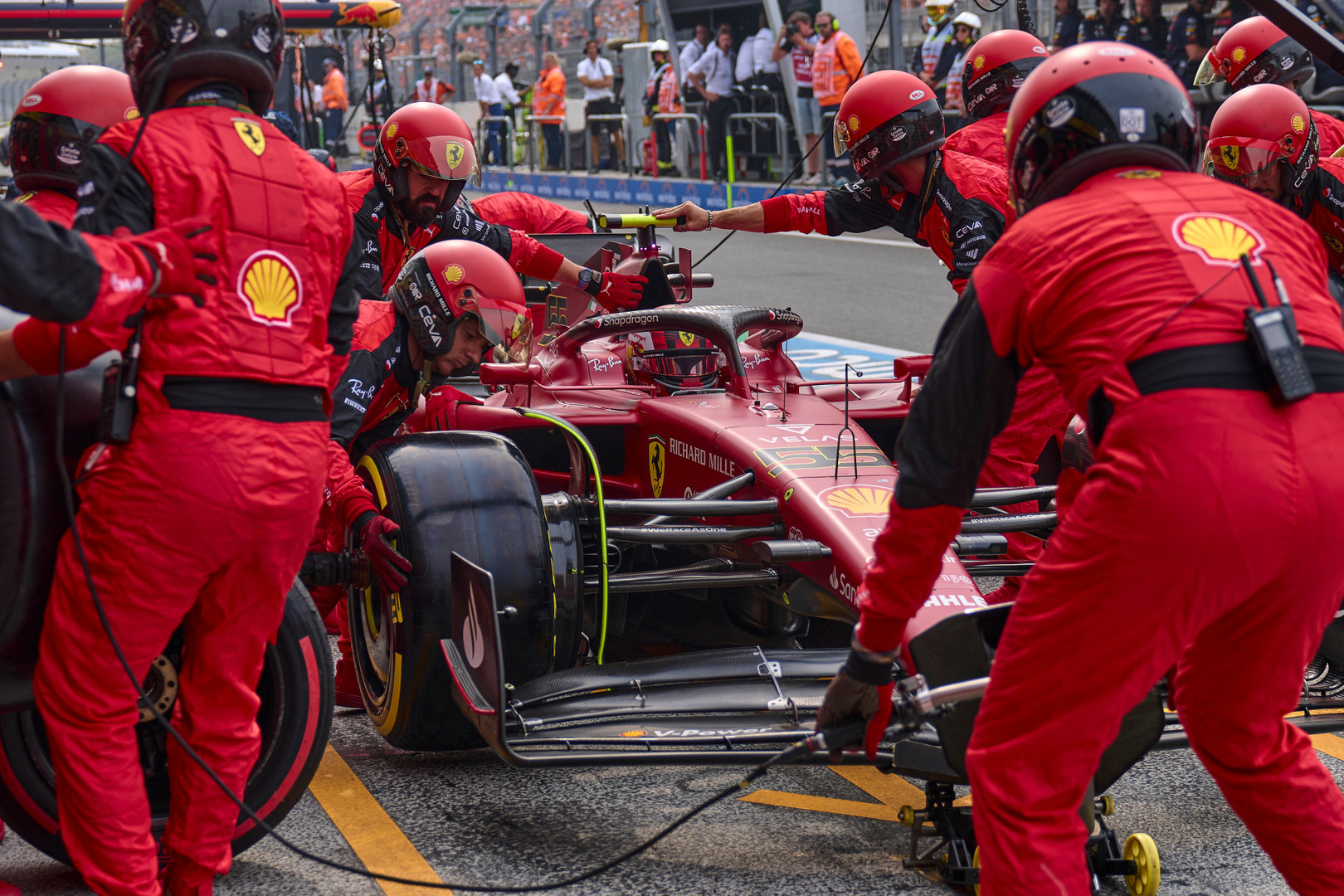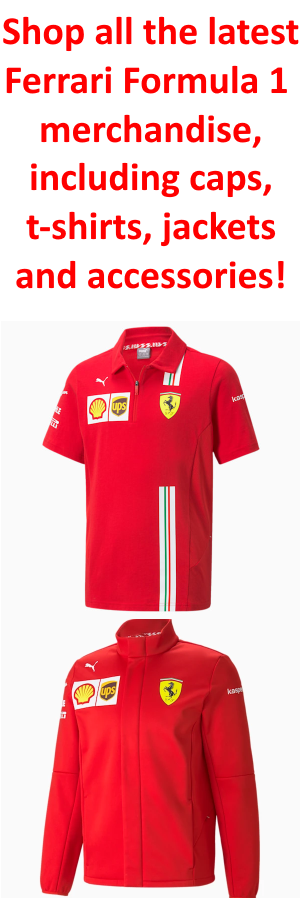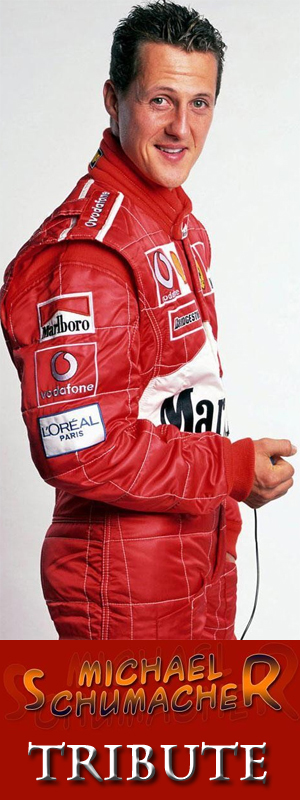Spanish Formula One engineer Inaki Rueda, currently the sporting and strategy director at Scuderia Ferrari, has provided more details about why the Maranello team was not ready for Carlos Sainz when the Spanish driver made his first pit stop during the Dutch Grand Prix last weekend at Circuit Zandvoort.
Carlos Sainz began the Dutch Grand Prix from third place, behind Max Verstappen and his Maranello teammate Charles Leclerc, but had to settle only for P8 at the end of the race, following a five-second time penalty received due to an alleged unsafe release from his pit box during his last stop. But was initially compromised the Spaniard’s race at Zandvoort was in fact his first pit stop: Carlos Sainz was called to the pits on lap 14 and left only after more than 12 seconds, as he waited for his left-rear wheel to arrive and be mounted on his F1-75 car.
Inaki Rueda explained what went wrong for Ferrari, in a recent video posted by the Maranello team on its official linkedin account:
“The first round of pit stops came quite early. People started stopping at around lap 10, 12, 13, 14. This gave us a window of opportunity to pit into. With Carlos we were under threat, we had two Mercedes and one Red Bull that could potentially undercut Carlos. An undercut at that point of the race would have meant that Carlos gave the position to them. Carlos’s pit stop came later than usual because we reacted to Perez’s call. The pit stop call usually has two factors: one is the call from us to the driver and the other one is our call to our crew. The call to the driver in this case came at the right time, Carlos had no problem coming into the box, he knew he was coming in, he had enough time to make the pit lane. The call to the pit crew usually comes around 23 or 24 seconds, but in this case because we were reacting to Perez it came later. We only gave our pit crew 17 seconds to react.” – the Ferrari strategy director added.
Instead of signaling to the crew to get ready for the Spanish driver’s pit stop as he exited the turn 12 hairpin, the decision came as he entered the final two corners of the Zandvoort lap:
“Our pit crew need this time to come out into the location and be ready when the driver comes. We have our gunmen, the tyre removers come out and the tyre fitters come crucially through the pit stop area,” Inaki Rueda pointed out.
As a result, the entire crew did not have the time to make it to the left-hand side of Carlos Sainz’s F1-75 car in time to correctly perform the the stop.
“In this case Carlos came in a bit earlier than usual. The front-left tyre fitter managed to squeeze in between the front wing and the front jack, but the rear-left tyre fitter did not manage to get by. To make matters worse, at Zandvoort we have a very narrow pit lane and this meant that the rear-left tyre fitter had to go around the whole pit crew to make it eventually to his corner. That’s why you saw that all the three other corners had finished before we had a rear-left tyre to be fitted on the car.” – the Ferrari sporting and strategy director added.
Show your support for Scuderia Ferrari with official merchandise collection from Puma! Enter the online Puma Store and shop securely! And get your F1 tickets for every race with VIP hospitality and unparalleled insider access. Click here for the best offers to support Charles and Carlos from the track!
The stop dropped Carlos Sainz from third to 11th, while Sergio Perez’s clean stop allowed him to return to the track in eighth place, making it easier for him to recover to third before his second stop. Carlos Sainz also progressed back up to P5 in the second part of the Dutch Grand Prix, with a stint on the medium compound tyre:
“We thought it was a strong tyre, and we were gearing up to do a two-stop from then on. We realised that the Mercedes on the medium from the start had considerably more pace than we expected. This meant that now they were in contention for a one-stop and a very competitive one-stop at that. Our second stops were done with the Mercedes doing a one-stop in mind, so we wanted to try and come back at Hamilton and Russell with as much pace delta as possible to overtake, because them doing one stop less meant we would have to overtake them on track.” – Inaki Rueda concluded.












Leave a Reply